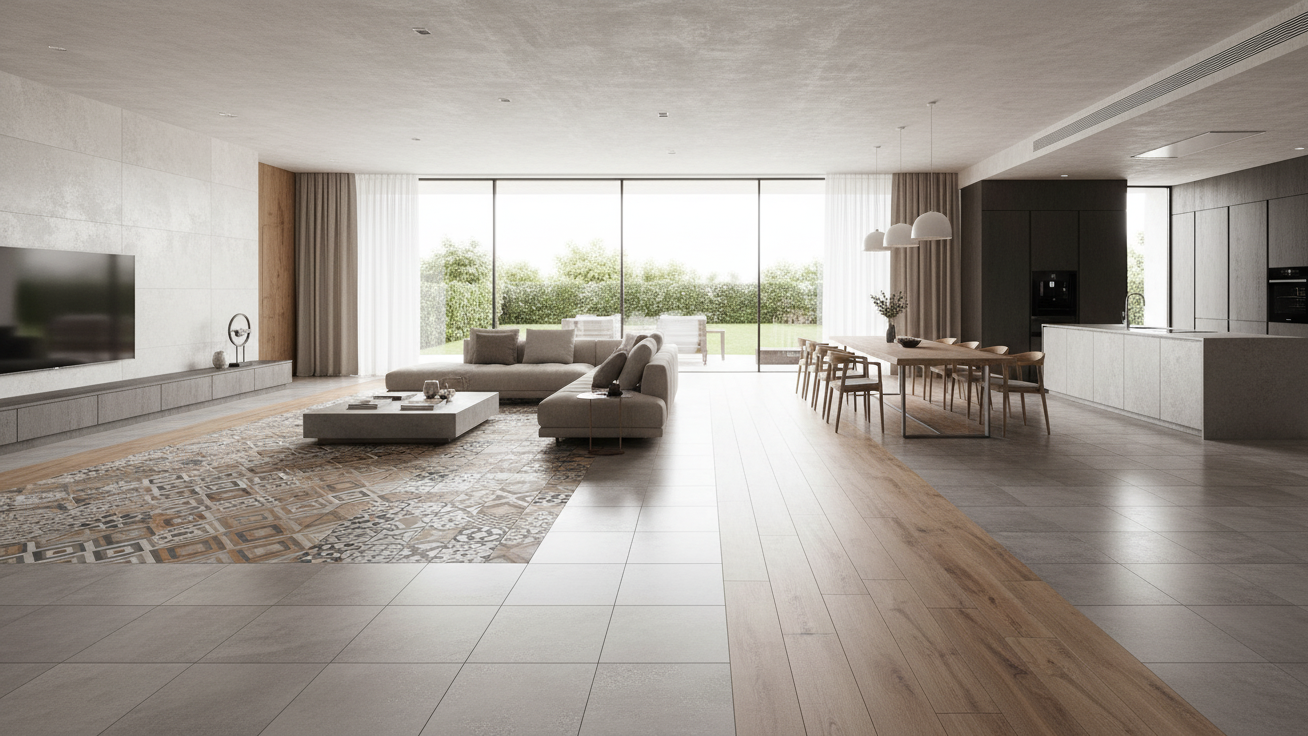Imagine if the tiles in your bathroom or the insulator in your phone could actually help combat climate change. What seems like a scene from a sci-fi movie is turning into reality, all thanks to an amazing material known as Sodiceram. This isn’t just any ceramic; it’s a smarter, more compassionate, and incredibly powerful alternative.
Sodiceram is a sodium-based ceramic that’s revolutionizing the way we build, create, and design our world. In this guide, we’ll dive into what Sodiceram really is and uncover ten ways it’s making a significant impact across different industries.
What is Sodiceram? The Science Made Simple
Let’s kick things off with the fundamentals. Sodiceram is a unique kind of ceramic, and its name is derived from its main ingredient: sodium. While traditional ceramics are typically crafted from clay and various minerals, Sodiceram incorporates sodium compounds such as sodium carbonate and sodium silicate.
This slight tweak in the recipe creates a significant impact. It’s akin to adding a secret ingredient to a cake that not only speeds up the baking process but also enhances the flavor and boosts its health benefits. Sodium serves as a “flux,” which means it helps the ceramic bond together at much lower temperatures. This reduced heating requirement is the key to its remarkable properties.
Sodiceram vs. Traditional Ceramics: A Clear Winner?
Why all the buzz? Let’s take a closer look at how Sodiceram compares to the ceramics we’ve relied on for ages.
| Feature | Traditional Ceramics | Sodiceram |
|---|---|---|
| Firing Temperature | Very High (1000°C+) | Significantly Lower |
| Energy Use | High | 30-50% Less |
| CO2 Emissions | Substantial | Dramatically Reduced |
| Strength | Good | Excellent |
| Weight | Often Heavy | Lightweight |
As you’ll see, Sodiceram comes out on top in nearly every aspect. It’s not only more eco-friendly, but it often outperforms the traditional options too.
The Top Benefits of Using Sodiceram
The benefits of this material extend far beyond what you see on the surface. Here’s what sets it apart:
- Eco-Friendly Production: The lower firing temperature means that ovens consume significantly less energy. This not only reduces carbon emissions but also cuts down on production costs.
- Super Strong: Even though it’s made with less energy, Sodiceram is remarkably tough and durable. It’s less prone to brittleness compared to traditional ceramics.
- Lightweight: Its lighter weight makes it easier to transport and handle, simplifying the work for builders and manufacturers.
- Design Freedom: Sodiceram can be molded into precise, intricate shapes, showcasing richer colors and sharper patterns.
How is Sodiceram Made?
The process is quite similar to traditional ceramics, but with a clever twist.
- Mixing: Sodium-rich compounds are blended with other natural materials.
- Shaping: This mixture is then molded into the desired form—whether it’s a tile, a component, or something else.
- Firing (The Key Step!): The shaped material is placed in a kiln for baking. Here’s where the magic happens: the kiln operates at a much lower temperature than usual, all thanks to the sodium.
- Finishing: Once baked, the product is cooled down and readied for use.
This streamlined process is not only simpler but also uses less energy from start to finish.
10 Industries Being Transformed by Sodiceram
Let’s dive into the exciting world of Sodiceram! This isn’t just some lab experiment; it’s actively being used today.
- Green Construction: Builders are getting creative with Sodiceram, crafting eco-friendly tiles, insulating bricks, and stunning cladding panels for buildings. They’re not only strong and lightweight but also have a minimal carbon footprint.
- Advanced Healthcare: Thanks to its biocompatibility, Sodiceram is a fantastic choice for dental implants, prosthetics, and tools that need to withstand high sterilization temperatures.
- Consumer Electronics: The next phone or laptop you pick up might just feature Sodiceram in its circuit boards or as a protective case, since it doesn’t conduct electricity.
- Automotive Manufacturing: Ceramics are already a staple in car brakes and heat shields. Sodiceram is perfect for these demanding applications because it excels at handling heat.
- Sustainable Art & Design: Artists and designers are all about Sodiceram. It lets them create breathtaking, intricate pieces with unique textures and eco-friendly colors.
- Aerospace Engineering: When it comes to launching rockets, every gram matters. Sodiceram’s lightweight and heat-resistant qualities make it an ideal choice for spacecraft components.
- Energy Sector: Its insulating properties are a boon for equipment in solar and wind power plants, helping to generate clean energy more efficiently.
- Custom 3D Printing: With Sodiceram, 3D printing custom products becomes a breeze, producing minimal waste and paving the way for personalized designs.
- Everyday Tableware: Imagine future plates and mugs crafted from this incredibly durable, beautiful, and planet-friendly material.
- Waste Reduction: The manufacturing process is so precise that it generates up to 40% less scrap material compared to traditional methods.
The Future is Bright and Sustainable
The tale of Sodiceram is still unfolding, with scientists already diving into some exciting new developments:
- Self-Healing Ceramics: Picture a material that can mend its own tiny cracks!
- Smart Surfaces: Sodiceram could be equipped with tiny sensors, turning ordinary tiles into “smart” ones that keep an eye on temperature or stress.
Conclusion
Sodiceram isn’t just another kind of ceramic; it’s a whole new way of thinking about how we create. It shows us that we can balance business success with caring for our planet.
By merging age-old wisdom with cutting-edge innovation, Sodiceram paves the way for a future that’s not only stronger and cleaner but also bursting with creativity. This revolution unfolds one tile, one chip, and one component at a time.
Frequently Asked Questions (FAQs)
Q: What is Sodiceram?
A: Sodiceram is a cutting-edge ceramic that incorporates sodium compounds into its formulation. This innovative approach allows for production with less energy, resulting in a material that’s both stronger and lighter than traditional ceramics.
Q: Is Sodiceram more expensive?
A: It might be a bit pricier at first because of the new technology involved. However, the significant savings on energy costs during production often make it more affordable over time. As it gains popularity, you can expect the price to keep dropping.
Q: Can I use Sodiceram for my kitchen backsplash?
A: Definitely! Its durability, variety of design options, and ease of cleaning make it an excellent choice for kitchens and bathrooms. Plus, you’ll be making a choice that’s better for the environment.
Q: How does Sodiceram help the environment?
A: The most notable environmental advantage is its significantly lower firing temperature. This means it uses 30-50% less energy, leading to a substantial reduction in carbon emissions from factory kilns.
Q: Where is Sodiceram made?
A: Production is expanding worldwide, with major hubs and research taking place in Europe, India, and various regions of South America.











